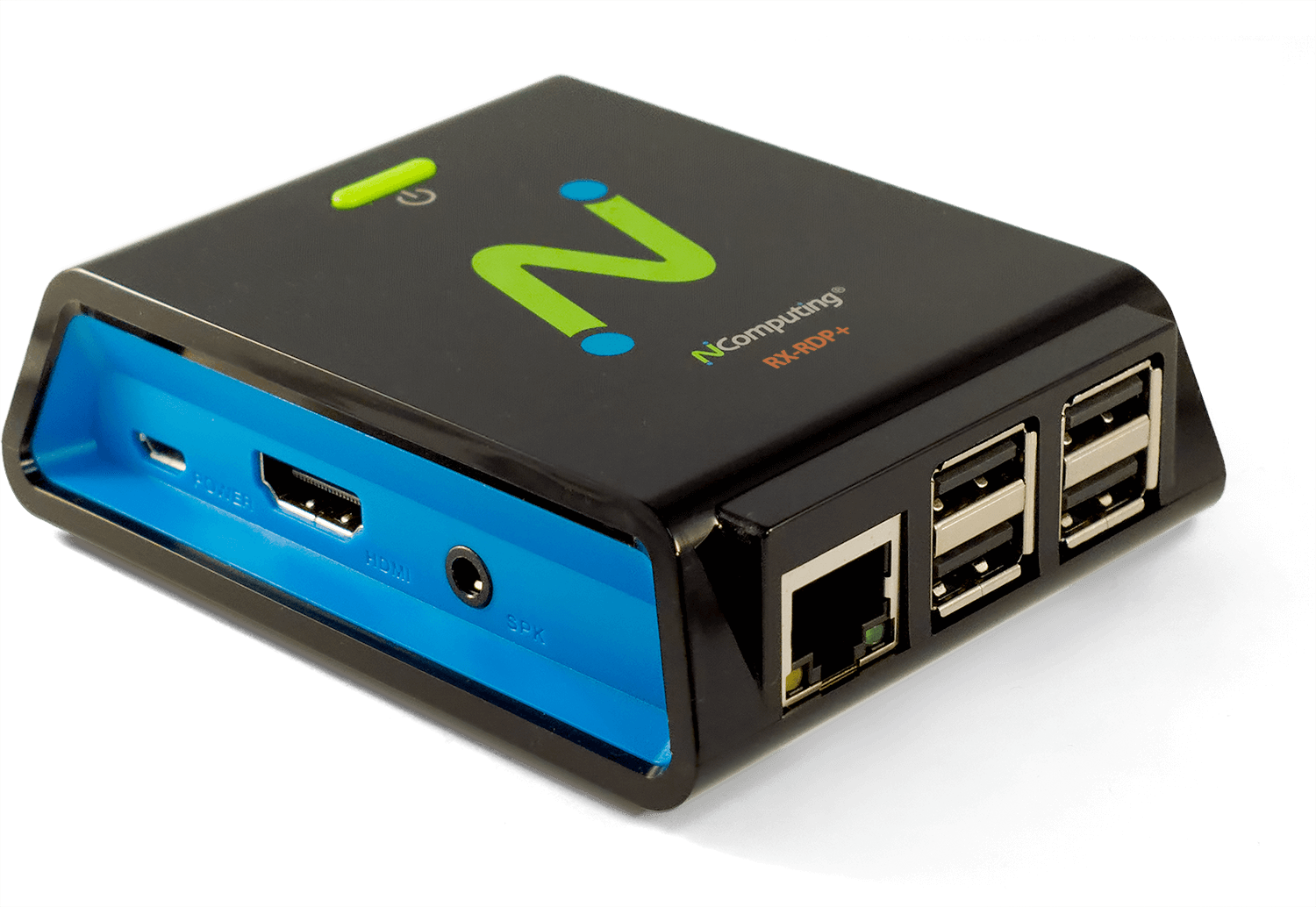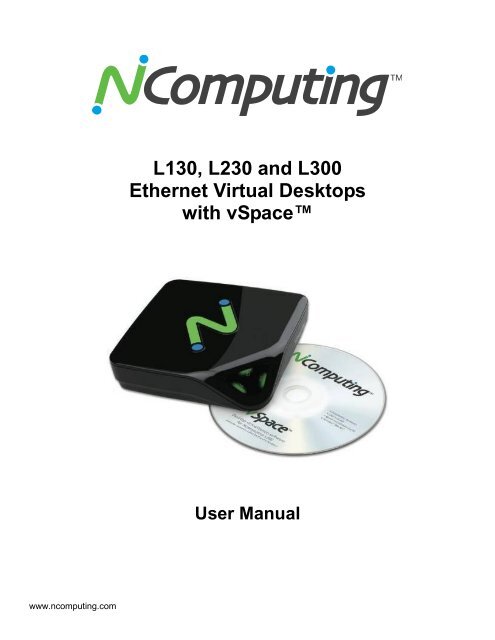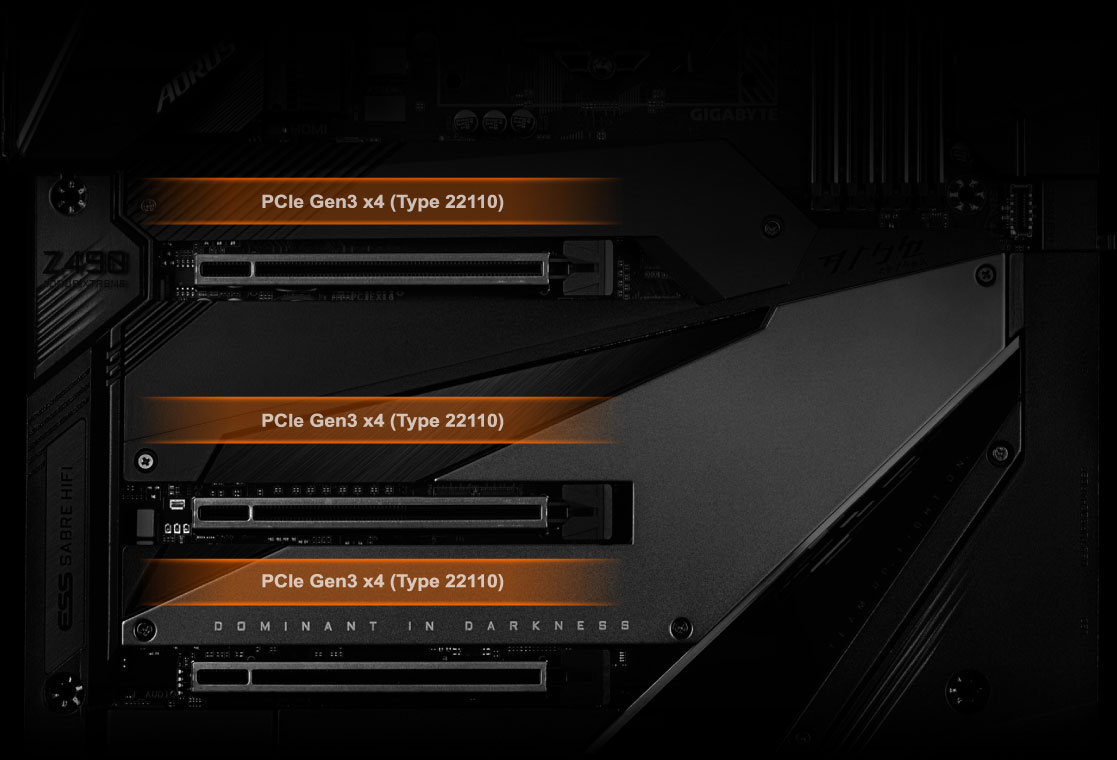- Ncomputing Sound Cards & Media Devices Driver Download For Windows 7
- Ncomputing Sound Cards & Media Devices Driver Download For Windows 8.1

Padarsey PCIe Sound Card, 5.1 Internal Sound Card for PC Windows 7 with Low Profile Bracket, 3D Stereo PCI-e Audio Card, CMI8738 Chip 32/64 Bit Sound Card PCI Express Adapter 3.8 out of 5 stars 187 CMI 8738 Chip. The access devices are small silent and mount on the back of the monitor giving each user a rich Windows or Linux experience enjoying multimedia with sound and full-motion video. Economical and Efficient Share one PC with up to 11 users and lower your computer hardware and support costs by up to 75 percent.
Audio devices (='sound cards') are recognized and used automatically by NoTouch. Most machines only have one sound card, but this card has several audio input and output jacks that are on the front or back of the computer system.
If you connect a USB headset (or generally speaking any other USB audio device), this is technically a second audio device (i.e. another sound card). Don't worry - NoTouch will handly this for you, just as a regular desktop operating system handles this - external devices get precedence over internal ones.
There are Hotkeys to modify audio volume - Please see this article on how to change keyboard shortcuts: Hotkeys

Please note that in a VDI world audio is usually generated on a server-side virtual desktop (i.e. inside a Windows system in most cases) and then forwarded over a protocol like ICA/HDX, RDP, PCoIP to the client. If you use Firefox, you need to enable the 'Force execution as root' parameter in the Connection settings, otherwise Firefox will not be allowed to access the sound device.
IMPORTANT NOTE: For RX-HDX and RX420(HDX) thin clients, the default audio setting optimizes the USB audio quality and performance. This may have a negative effect on analog audio. If analog audio (headset/speaker) or HDMI audio (built-in monitor speaker) is to be used, please follow the knowledge base article here to configure the proper audio setting to provide best audio quality and performance.
- 3How to set the default sound card
General audio troubleshooting guides
- If you log in to the local configuration and click on 'Play test sound', do you hear sound? If so, the local audio infrastructure is working, then look in the protocol specific settings or server policies. Audio forwarding could be just deactivated.
- If you do not hear the test sound, check volume and potentially change audio parameters, the sound may be routed to the wrong jack.
- Also, if you don't hear the test sound, use a different (newer) OS kernel version. Your kernel might not have the drivers, a higher kXYZ number might fix that.

- A good 'catch-all' test is to change the 'Unmute mixers' parameter.

- If output works, but input (microphone) doesn't. Now this is very likely a problem in the settings of the protocol. While e.g. Citrix and RDP are capable of transporting microphone/audio input, please make sure that:
- you have audio input forwarding set to on (protocol-specific connection options).
- in case of RDP, you use FreeRDP. Only FreeRDP can do audio-in, the older Rdesktop doesn't.
- in case of Firefox, enable the 'Force execution as root' parameter in the Connection settings
Ncomputing Sound Cards & Media Devices Driver Download For Windows 7
Audio parameters
- Audio device. This parameter governs to which audio device the audio output is sent.
- Unmute mixers. Do not mute mixer channels. This may sound weird, but it can change the behavior of problematic devices.
- Default audio device. Set the primary audio device.
- Ignore USB devices. List of USB devices to ignore.
- Mixer channel parameters. These govern the mixer volumes for different channels. 0 means lowest, 100 largest. The default is 50:
- Master. Master output volume.
- Front. Front jack volume.
- Microphone. Microphone input volume.
How to set the default sound card
The 'Default audio device' parameter allows to override the system's primary audio device setting. Remember, NoTouch tries to be as smart as a computer system can be and give preference to an external device if one is plugged in. I.e. if a USB headset is connected, it will be used. With the 'Default audio device' parameter you can change that - set it one of these values:
- usb. This will make the USB device the default. This is kind of default behavior, but you can still set it in case the system can not figure it out on its own.
- hdmi. The HDMI port will be used as audio output.
- dp. The DisplayPort port will be used as audio output.
- Other values. You can also use this parameter to specifically route audio to a device - see below.
Routing to a specific device
The parameter 'Default audio device' accepts a specification that you can aquire from the 'soundinfo' command.

- Log in via SSH and get root privileges
- Type in:
soundinfo
The audio parameter is formed like this: Card name,profile
Looking at the soundinfo output, the 'card name' is rather obvious - it is text within the quotes. The 'profile' is one of these lines that follow the card name, the things likeoutput:analog-stereo
It's actually very simple once you see it. For example, if you look at the sample soundinfo output below, these two possibilites that would make sense:
HD-Audio Generic,output:hdmi-stereoHDA Intel PCH,output:analog-stereo
as compared with the output below:
Legacy audio parameters
Ncomputing Sound Cards & Media Devices Driver Download For Windows 8.1
Older versions of NoTouch before 2.39 or 2.40 had a few other parameters that are not in use any more.
- Use aumix. Uses an alternate method for driving the audio mixer. Use if you find you are unable to change the volume.
- Mixer channel parameters. These govern the mixer volumes for different channels. 0 means lowest, 100 largest. The default is 50:
- PCM. PCM output volume. This is now part of the 'Master' parameter.
- Capture. Capture input volume. This is now part of the 'Microphone' parameter.
